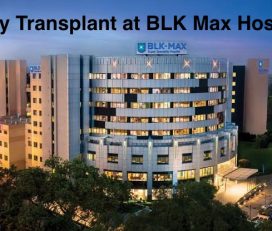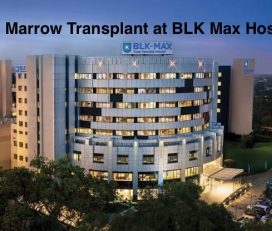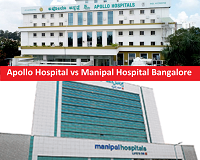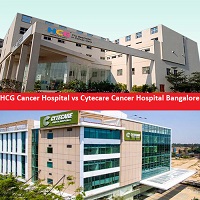Types of Stem Cell Therapy in Turkey
Stem cell therapy or transplant is of two types. These include:
-
Autologous or self-transplantation
In this type of stem cell therapy, the cells that are used are from the same person who will get the transplant. So, there is no need for the donor. In this treatment, the doctor removes your own stem cells from your bone marrow or blood. They then freeze these cells. frozen. After you undergo chemotherapy as your myeloablative therapy, the stem cells are put back into you. This type of transplant helps treat blood cancer, testicular cancer, and cancer in children. In a stem cell therapy hospital in Turkey, doctors also use it to treat multiple sclerosis, Crohn’s disease, and lupus.
2. Allogeneic (other) transplantation
In this therapy, the stem cells come from a donor. An ideal donor is your close family relative, such as a sibling. The process is the same as that in autologous transplantation. Your doctor will collect the stem cells from the donor and freeze them. After your chemotherapy, they will thaw the stem cells of the donor and put them back into it.
This type of stem cell transplant treats bone marrow disorders like multiple myeloma, leukemia, and myelodysplastic syndrome.
There is also another type of allogeneic transplant, the syngeneic stem cell transplant. This is a transplant that you can only receive if you have an identical twin or a triplet. The body of the patient receives this treatment very well. It helps fight conditions like multiple myeloma, leukemia, and testicular cancer.
Stem Cell Transplant in Turkey Success Rate
In Turkey, the success rate of stem cell therapy is 85% to 90%. It is widely used for treating chronic diseases, musculoskeletal disorders, and heart and lung issues. Bone marrow transplant in adults here has a success rate of 97%. For children, this therapy is successful in 91% of cases.
A noteworthy fact is that without a bone marrow transplant, the rate of survival for a patient is significantly less. Those with acute leukemia can only survive for a few weeks. However, with the treatment, almost 75% of people with this condition achieve full remission. However, elderly patients above 60 years do not respond as well to the treatment. It has been seen that they only survive for two to four years after the transplant. Overall, the success rate of this treatment in Turkey differs depending on the kind and term of the disorder and the complications experienced by the patient.











